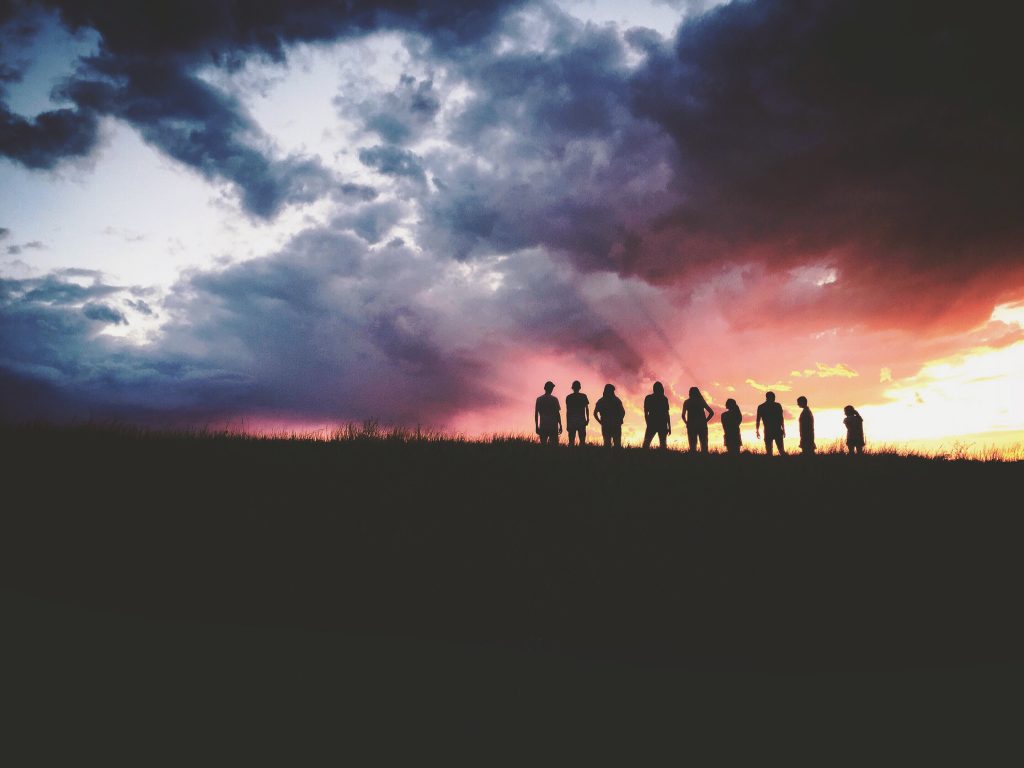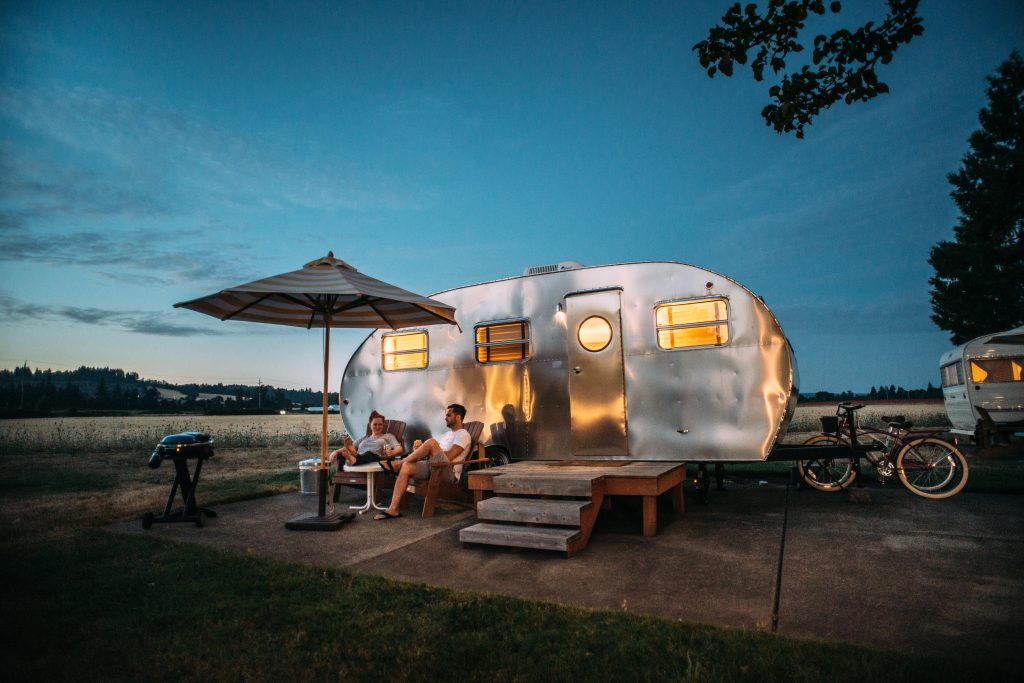In business, we often spend time waiting for “that deal” to come through, “that sale” to happen or “that customer” to call back. But what do we do with the time in between?
In some industries, the customer buying cycle can often be a long one due to the nature of the product. Some business owners and their sales people see this as a negative as it delays return on investment but also raises anxiety and uncertainty about whether a sale will eventually happen at all.
What business owners and their sales people need to realise is that the longer buying cycle presents the perfect opportunity to build relationships with prospective buyers and to establish trust. It is also the ideal opportunity to engage with prospects and further establish the business as an expert on their product and in the industry that they serve.
For the purposes of this article (and the ones following), I have chosen to use the RV industry as an example. As a 23 billion dollar a year industry, there is plenty of sales opportunities to go round.
The sale of caravans, motorhomes and camper trailers often comes with a longer customer buying cycle. Many in the industry have said it can be anywhere between 6 and 24 months before a customer makes the final decision to purchase.
It is important for businesses to ask the following questions:
- What happens when a prospective customer begins looking for their home away from home?
- What could businesses as manufacturers, dealers and resellers be doing during the first stages of the the buying cycle?
There are a number of elements to be taken into consideration before you can expect a prospect to buy your product. First and foremost, you need to understand your customer and what they want. Remember, you are not selling a product, you are selling a lifestyle! A dream to hit the open road and experience the country!
Secondly, you need to make sure you’re on the shopping list. Make sure when they enter the research stage of the buying cycle, that your brand is being considered. You can start by being present where they are going to be researching, like:
- Editorial magazines.
- classified magazines.
- RV focused websites and classified sites.
It’s important to ensure you have sufficient brand awareness and brand penetration to have them think of you first. In other words, be “top of mind”.
It is also important for you to understand that before you can further engage with these prospective buyers, you must have a clear understanding of the what the “buying cycle” is.
Over the course of the next three articles I will cover the various elements that make up the buying cycle. Let’s start with awareness.
Awareness
Before a customer can consider your product they must first be aware they need your product. The first stage of the buying cycle is awareness; where the customer becomes aware of their desire for travel. It is here they begin the process of what I call “what next”. The customer asks themselves the question of “so I want to travel, what next?” which leads them to the next stage of the buying cycle – research.
Research
This is where they begin their journey into learning more about the self-drive industry and the product they believe will fulfil their dreams. Be it a motorhome, a caravan or a camper trailer, this is the most valuable opportunity for you to engage with the prospect and join them on their journey into the next three stages of the cycle.
You need to engage with prospects effectively during the research stage.
There are a number of media platforms on which you can promote your RV product, such as:
- Social Media – Facebook, Instagram and LinkedIn.
- Google – Ad Campaigns, YouTube.
- Caravan and Camping Shows.
- RV focused print magazines.
- RV focused websites.
- RV focused television shows.
- Travel websites and blogs.
Being a niche industry, it’s important to make sure that where you advertise and/or display content is in a place that your audience are hanging out. The old adage of “go to where the people are”.
As marketers, business owners and the like, rather than strategise the best way to CAPTURE a prospects’ attention, you must first refine your message to engage on a personal level and find an environment where they are already tuned-in and are already attentive.
Gone are the days of just having an ad in the newspaper, on TV or on a billboard and expecting hoards of customers to come running. With so many platforms available to display content and promote product, you really can’t afford not to conduct research yourself in order to find the right environment to present your well-thought and well-crafted message and/or content.
The key word here is “engagement“. If you’re not engaging your prospect, then you’re not reaching them and if you’re not reaching them, then there’s a good chance someone else is.
Traditional means of advertising alone do not work.
From a brand awareness perspective, indeed, traditional media can definitely have its benefits, however, it is the brands that take it one step further and provide not only a window into their company, but also a window into the industry they play in. They set themselves apart from the rest and become the aspirational product that everyone wants, but also the expert who everyone wants to know and learn from. Brands such as these know their customer, what they are seeking and where they can find it.
Brands need to understand that everyone is different and seeking different things. In every market/industry, there are trends. Being current, being relevant and being mindful of these trends is super important as is learning to cater to them. It can often mean the difference between a good brand and a great brand!
Right now, a way to be relevant is to remain updated on the COVID-19 pandemic and make sure that you as a business not only have a COVID-safe plan but are also communicating your commitment to keeping prospective safe if and when they visit or buy from you.
The secret to keeping a prospect engaged during the buying process is to establish a relationship and build trust. It’s no secret really. These are fundamental to any business transaction and, in fact, form the very foundation of such.
This can be achieved by setting your brand up as the one who “gets it”. A great brand is good at leading the prospect from a “before” state – where they may be discontent and yearning more from life – to an “after” state – feeling content, positive, excited and inspired … ready to take on the world!
Make them feel that “you get them” and they’ll come to you.
You can do this through well-written and well-executed content lead marketing campaigns that make use of such platforms as Facebook, Instagram, opt-in email, digital display on targeted websites, native advertising and reviews/editorial in targeted publications. Like I said before, go to where your audience is…where they are “hanging out”.
You need to provide value to the end user before they purchase from you. Value in the form of education, knowledge, expertise, tips, etc.
Feed them enough valuable content, you’ll make them hungry for more and they’ll keep coming back.
Sound like hard work? Doesn’t have to be. Step-by-step is the way to go and there are industry marketing professionals out there willing to help.
You don’t need to know it all or how to do it all. You can even engage publications to write about you and your product. Third-party endorsement is one of the most powerful forms of marketing. Someone else talking about your product will always stand stronger than you talking about it yourself, so long as it’s independent, honest and unbiased.
So, going back to providing “value”. If you take this “no-strings attached” approach and you can detach yourself from the end goal enough, you will begin to attract followers, fans and regular readers of your content that are 100% engaged.
Provide value -> establish a relationship -> instil confidence -> build trust.
From there, prospects move to the next stage in the buying cycle process…comparison.
I cover comparison in the next instalment of this series.




